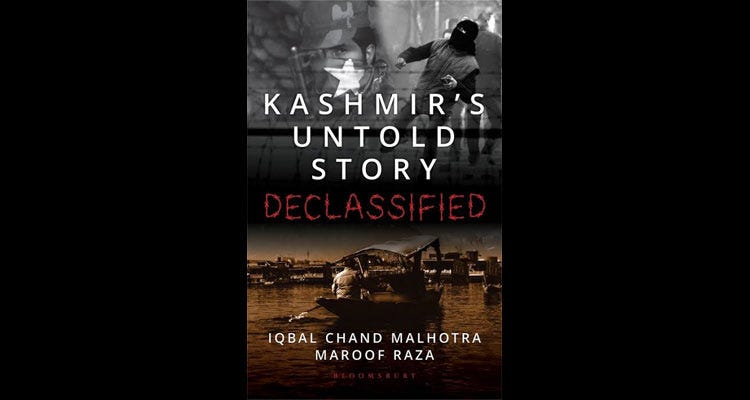BOOK REVIEW: Kashmir’s Untold Story: Declassified
Iqbal Chand Malhotra & Maroof Raza, Bloomsbury India 2019, Hardback, 200pp

Prior to writing the book,”Kashmir’s Untold Story: Declassified,” Iqbal Chand Malhotra, a television producer, and Maroof Raza, a former Indian Army officer, completed documentaries on Kashmir for the Discovery and Times Now channels. Both have intimate knowledge of their subject. Each of the well-researched 10 chapters has exhaustive sources listed in …
Keep reading with a 7-day free trial
Subscribe to Asia Sentinel to keep reading this post and get 7 days of free access to the full post archives.

